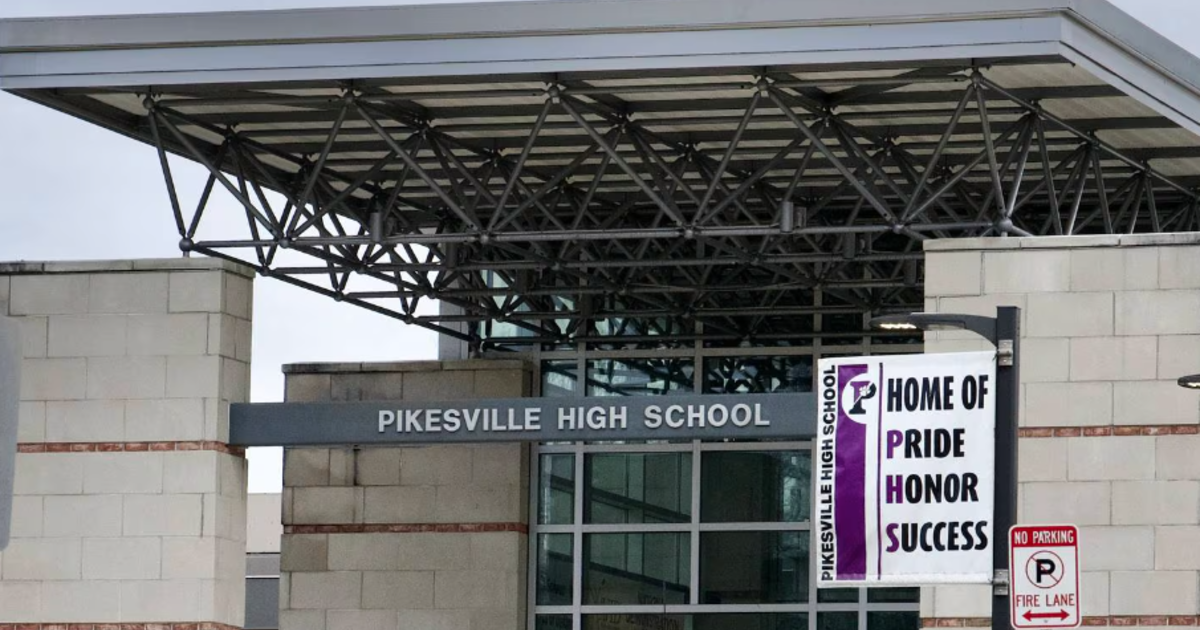Maryland Lab Built, Controlling NASA Spacecraft's Journey Past Pluto
LAUREL, Md. (WJZ) -- Before the New Horizons spacecraft left Earth in 2006, it was in Maryland.
Built by the Johns Hopkins Applied Physics Lab in Laurel, Maryland, the spacecraft traveled nine years to give the world it's first close look at Pluto.
Three years later, it closed in on an object a billion miles beyond Pluto.
According to principal investigator Alan Stern, "we were basically chasing it down in the dark at 32,000 miles per hour. And it's only really the size of something like Washington DC and it's about as reflective as garden variety dirt."
As New Horizon's approached in December, the object looked like grainy pixels.
At APL Wednesday, Sterns revealed the first close image saying "Meet Ultima Thule."
NASA: Icy Object Past Pluto Looks Like Reddish Snowman
The name translates into "beyond the borders of the known world."
Data from the spacecraft revealed an image that looks like two spheres stuck together, rather a giant snowman.
At 4 billion miles away, it takes 10 hours for the spacecraft's signals to arrive in Maryland.
Because of the vast distance, it will take 20 months for all of the data to make it back to Earth, with the sharpest images not expected until February.
It's odd snowman shape was the result of slow accumulation of the leftovers that built the solar system.
According to New Horizons researcher Jeff Moore, "there are the only remaining building blocks in the backyard of the solar system -- that everything else we can live on or see through telescopes -- we formed from."
Nearly 5 billion years old and still brand new.
Follow @WJZ on Twitter and like WJZ-TV | CBS Baltimore on Facebook



